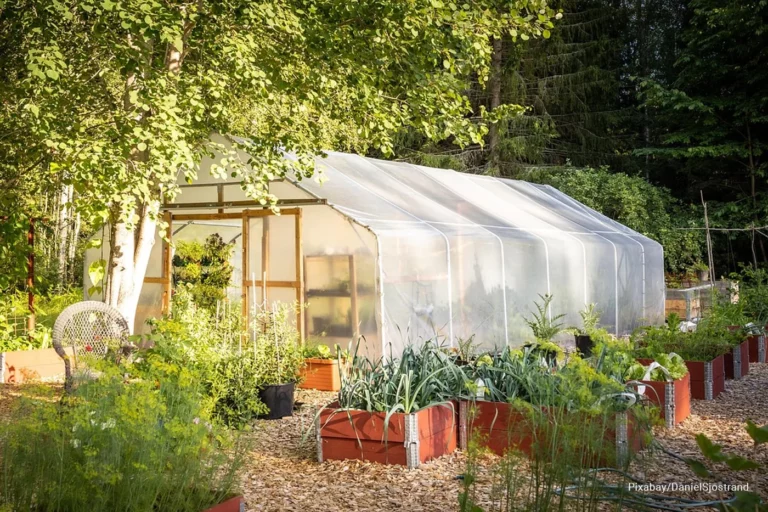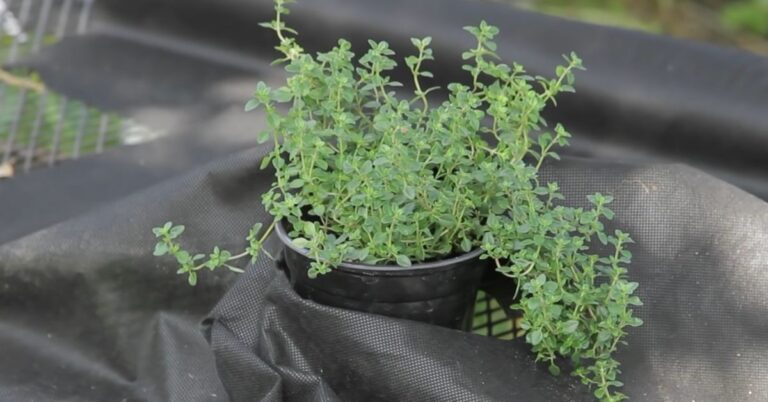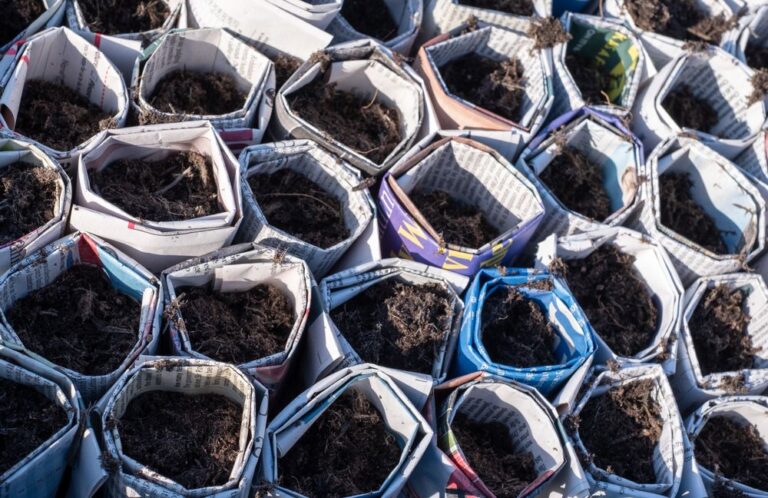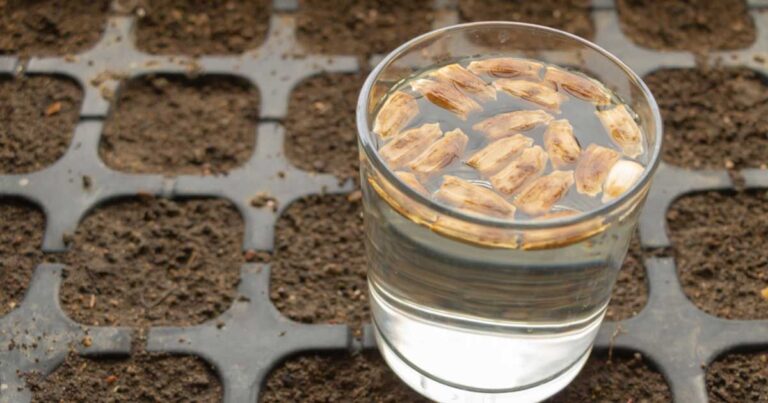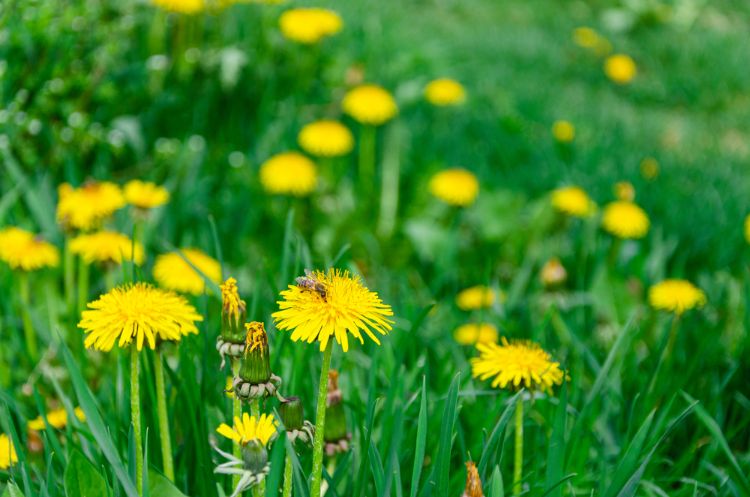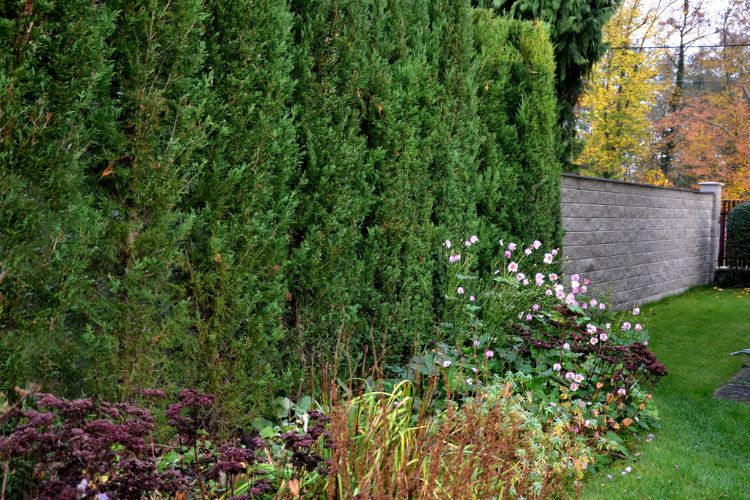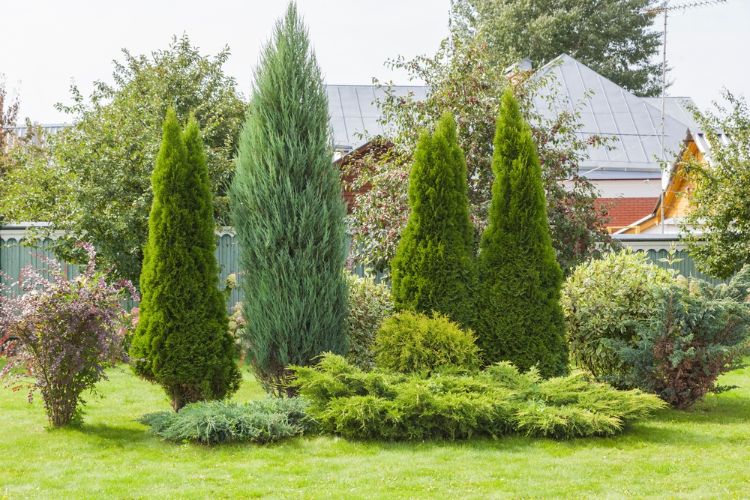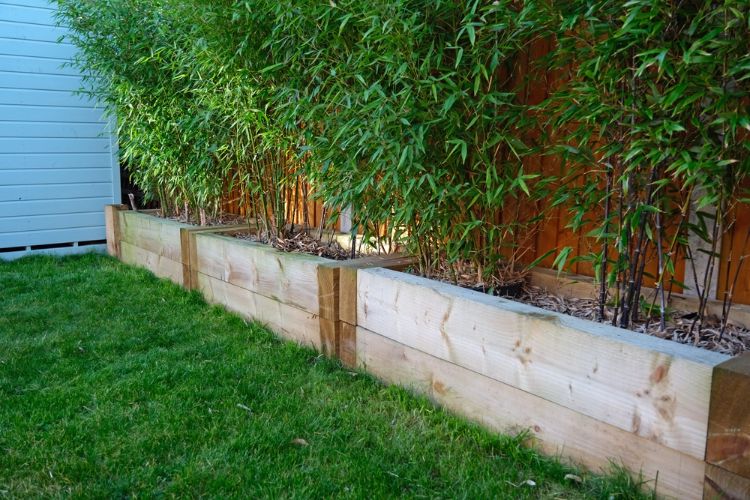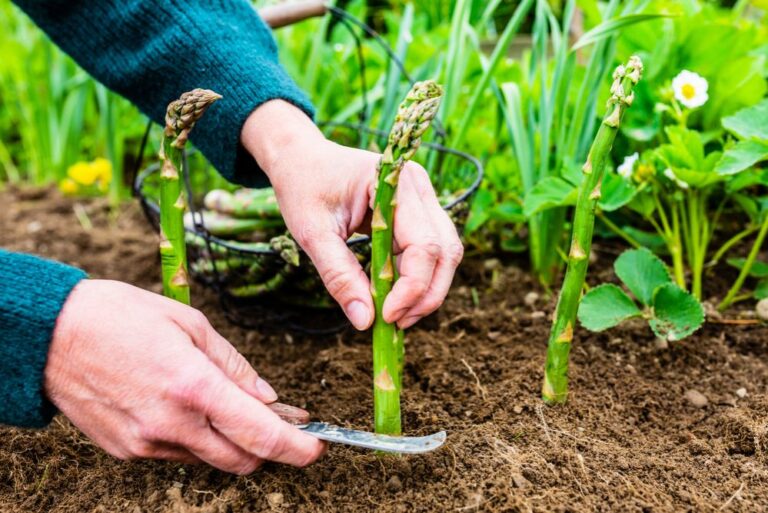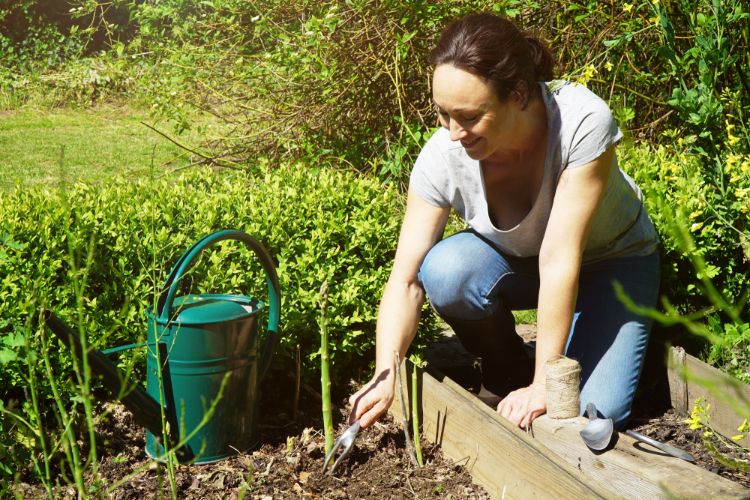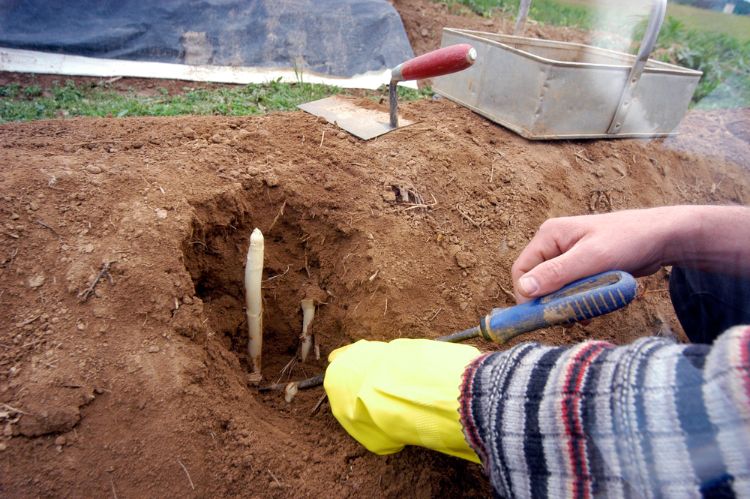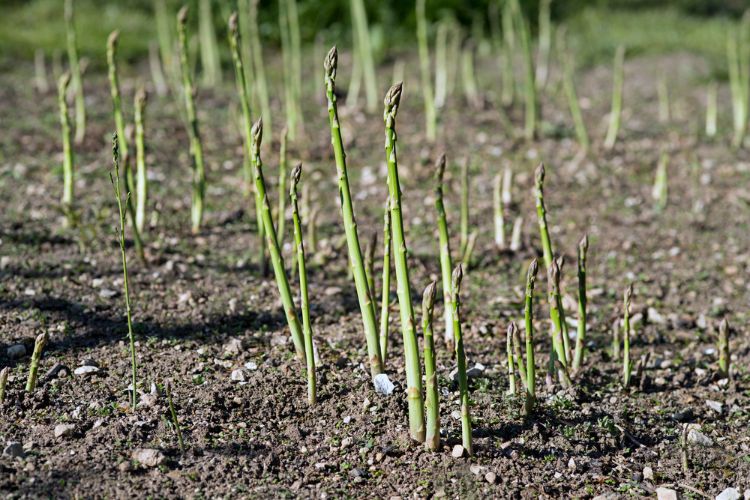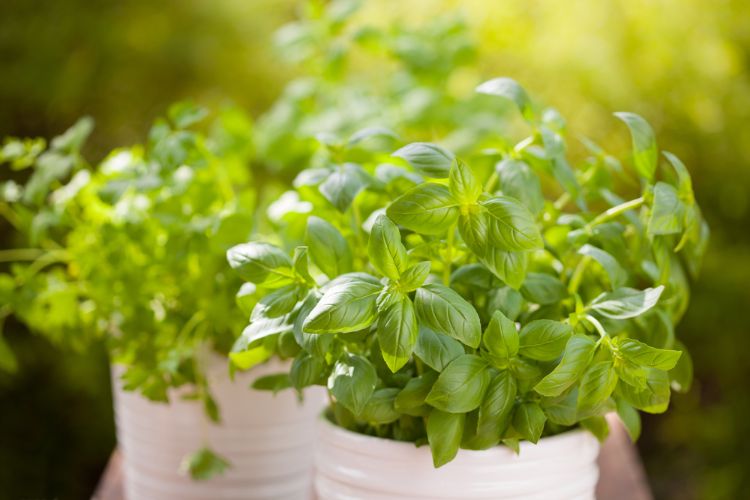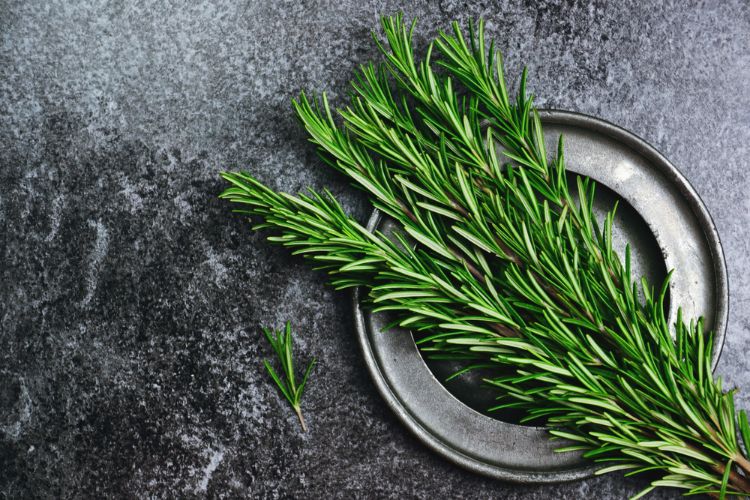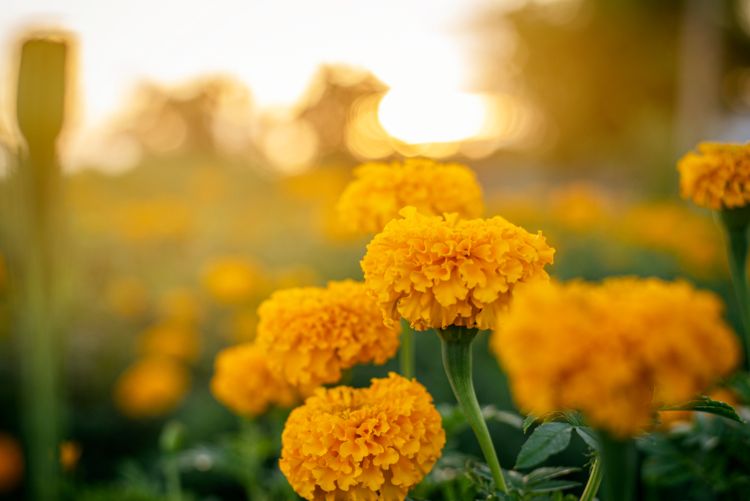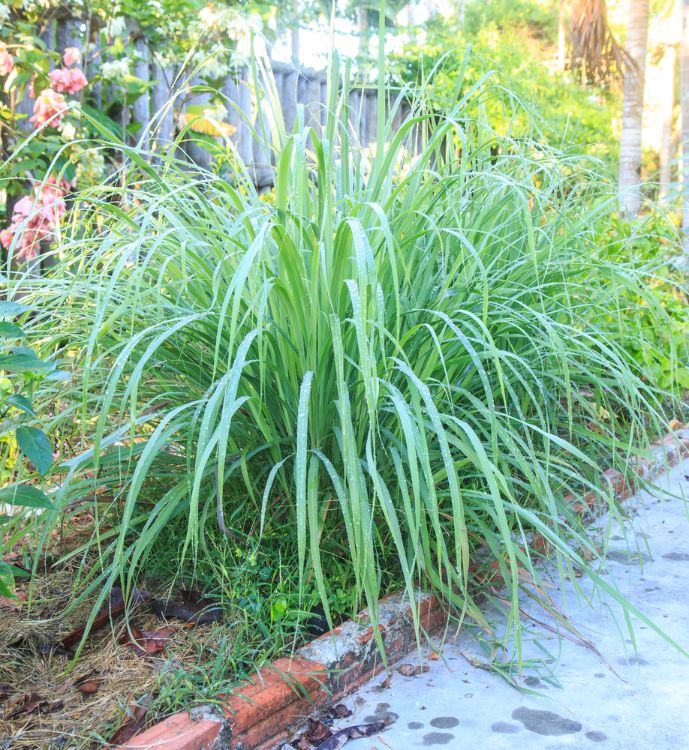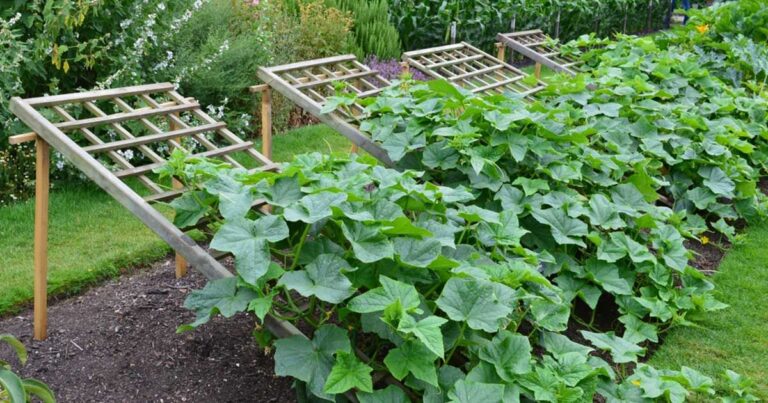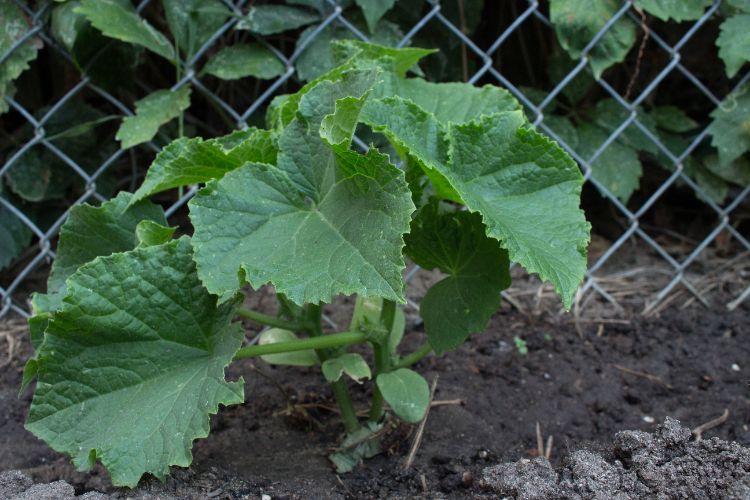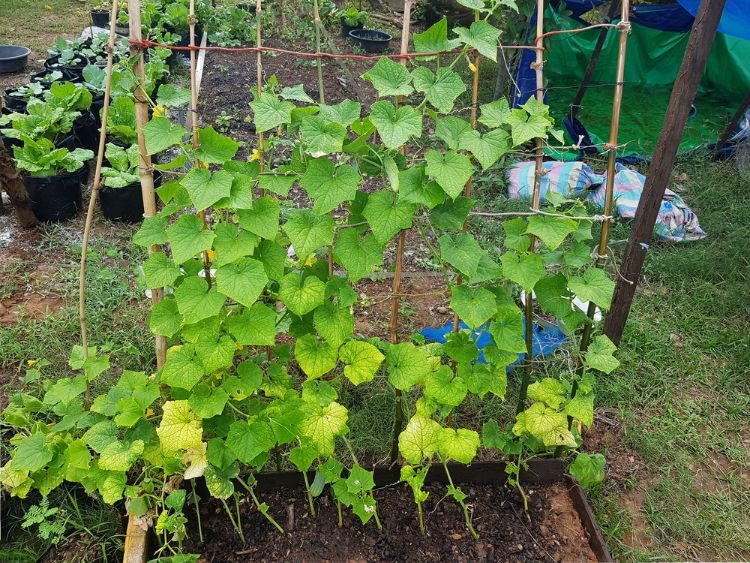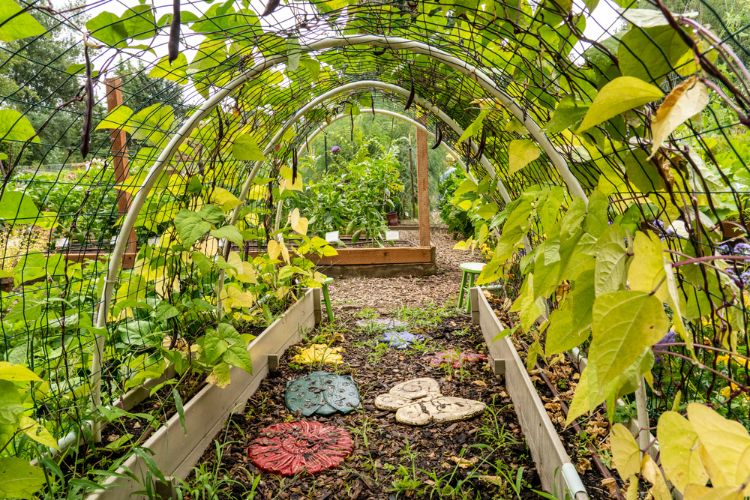A thriving garden begins with well-prepared beds. Whether cultivating flowers, vegetables, or herbs, dedicating time to ready your soil and planting areas can significantly enhance your garden’s productivity. Here’s a comprehensive guide to ensure your garden beds are primed for a successful growing season.
1. Assess and Plan Your Garden
Start by evaluating your garden space. Consider factors like sunlight exposure, soil type, drainage, and previous plantings. Thoughtful planning, including crop rotation, helps prevent soil nutrient depletion and reduces disease buildup.
2. Clear Out Debris
Remove any debris, dead leaves, and remnants from past seasons. This tidying process prevents diseases and pests from overwintering and prepares a clean slate for new growth.
3. Test and Amend Your Soil
Conduct a soil test to determine pH levels and nutrient content. Based on the results, amend your soil with necessary nutrients. Incorporating organic matter, such as compost or well-rotted manure, enhances soil structure and fertility.
4. Loosen and Aerate the Soil
Gently till or fork the soil to loosen it, improving aeration and drainage. Avoid over-tilling, as it can disrupt beneficial microorganisms and soil structure.
5. Define and Prepare Planting Beds
Establish clear boundaries for your planting areas. Raised beds can offer better drainage and soil control. Ensure pathways are designated to minimize soil compaction in planting zones.
6. Mulch for Moisture Retention and Weed Control
Apply a layer of mulch to retain soil moisture, regulate temperature, and suppress weed growth. Organic mulches like straw, bark, or shredded leaves also contribute to soil health as they decompose.
7. Set Up Irrigation
Ensure your garden has an efficient watering system. Drip irrigation or soaker hoses deliver water directly to plant roots, conserving moisture and reducing disease risk.
8. Protect Against Pests and Wildlife
Implement measures to safeguard your garden from pests and wildlife. This can include installing physical barriers like fences or using natural deterrents to keep unwanted visitors at bay.
9. Start Seeds or Transplants
Depending on your climate and plant choices, begin sowing seeds indoors or purchase healthy transplants. Harden off seedlings before moving them outdoors to acclimate them to the external environment.
10. Maintain and Monitor
Regularly inspect your garden for signs of pests, diseases, or nutrient deficiencies. Consistent maintenance, including watering, weeding, and pruning, will support robust plant growth throughout the season.
By following these steps, you’ll create a solid foundation for a vibrant and productive garden.

